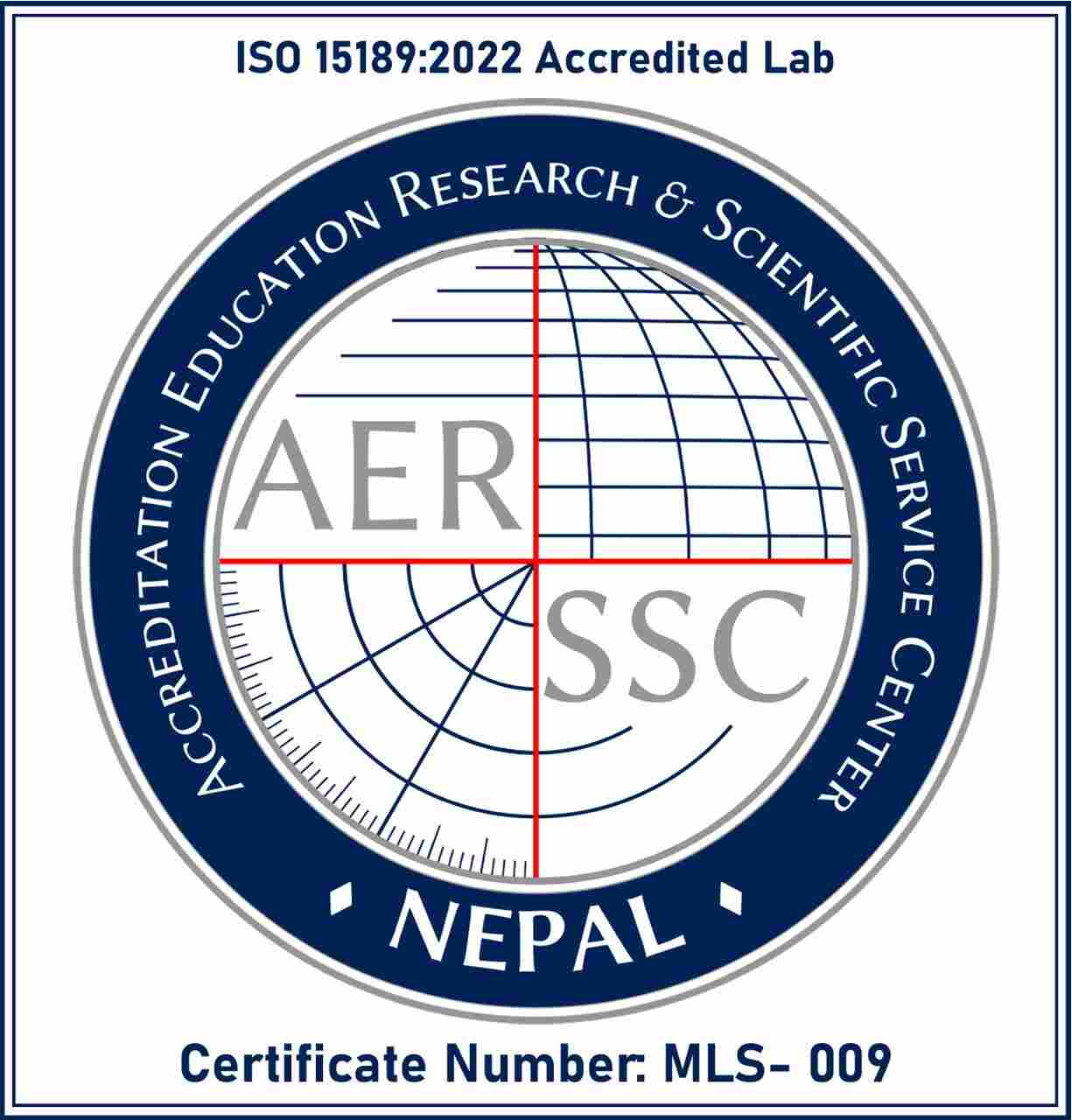Now we are accrediated by AERSSC Nepal
advance pathology lab a pioneer pathology laboratory at province 1 to have ISO 15189:2022 accreditation in nepal
 18 Aug 2024
18 Aug 2024
advance pathology lab a pioneer pathology laboratory at province 1 to have ISO 15189:2022 accreditation in nepal
A: For Normal Patient Fasting should be less than 100 and 140 about two hours after meal.
A: For Diabetic Patient- The American Diabetes Association recommends a blood glucose range of 80-
130 before meals and less than 180 about 2 hours after a meal. This range should place your A1c under 7.
A Hemoglobin A1c is a 2-3 month average of your blood sugars. This result gives you a good idea of
how well your diabetes is being managed/controlled. The American Diabetes Association recommends an
A1c of less than 7 to keep the risk of complications low.
A: It is very important to keep your blood sugar level under control. When your blood sugar level is high,
it can cause damage in your veins and arteries. This damage could lead to complications later such as
heart attacks, strokes, kidney disease, neuropathies, vision problems, etc.
Fruits, starchy vegetables, milk, yogurt, rice, cereals, bread and other grains all have carbs and give
you important nutrients. Many snack foods, such as chips and popcorn, have carbs. Sweets, including
regular soda, cakes, candy and cookies, also contain carbohydrates. Be sure to check the nutrition label on
each food item to determine carbohyrdate content.
Sugar free foods can be part of a healthy meal plan in small amounts. Keep in mind though that some
of these foods still have carbs (in the form of other sweeteners such as sorbitol, isomalt, and mannitol)
and may affect your blood glucose levels. Many sugar free foods have calories and carbohydrates and lots
of fat. Make sure you read the nutrition labels.